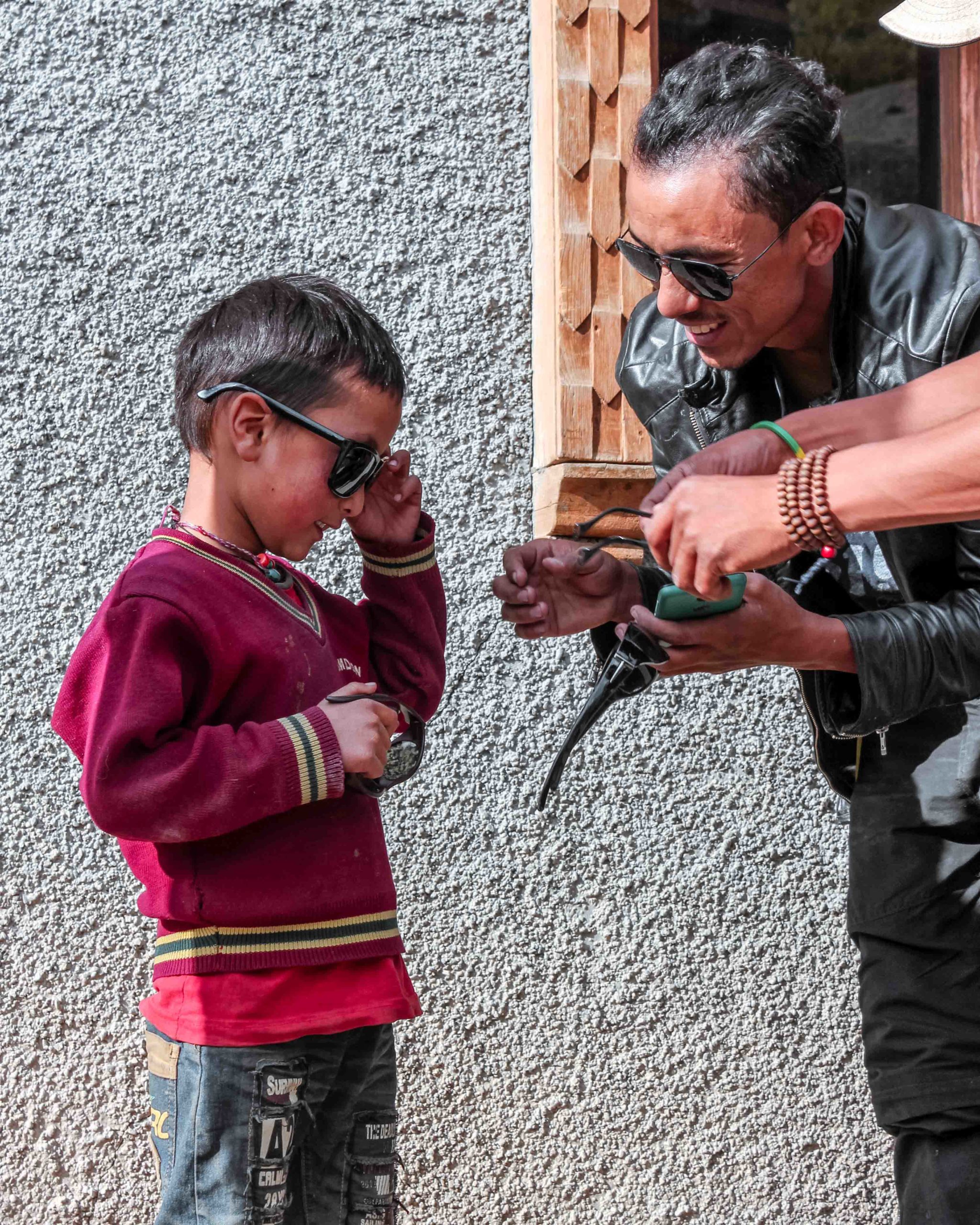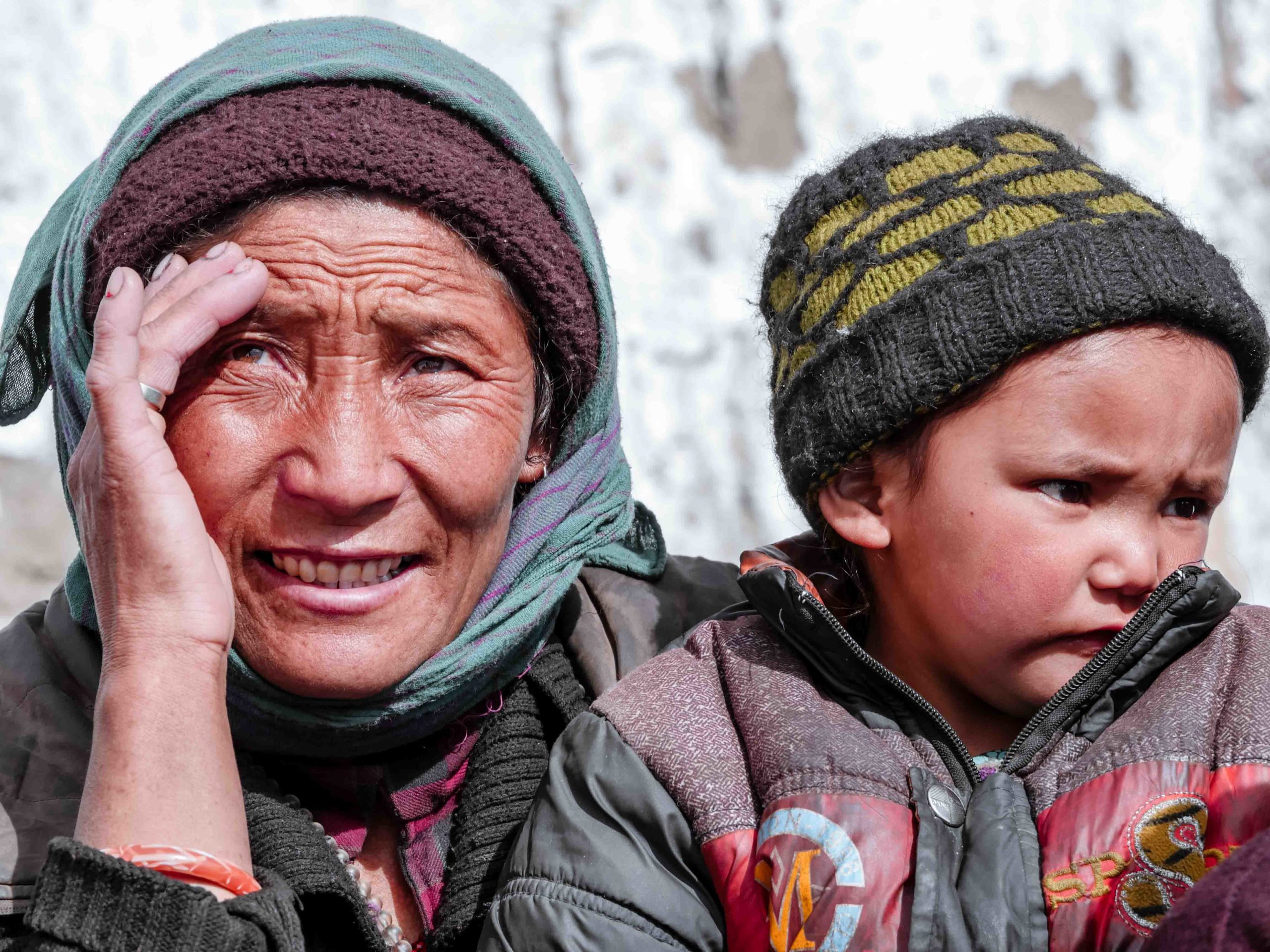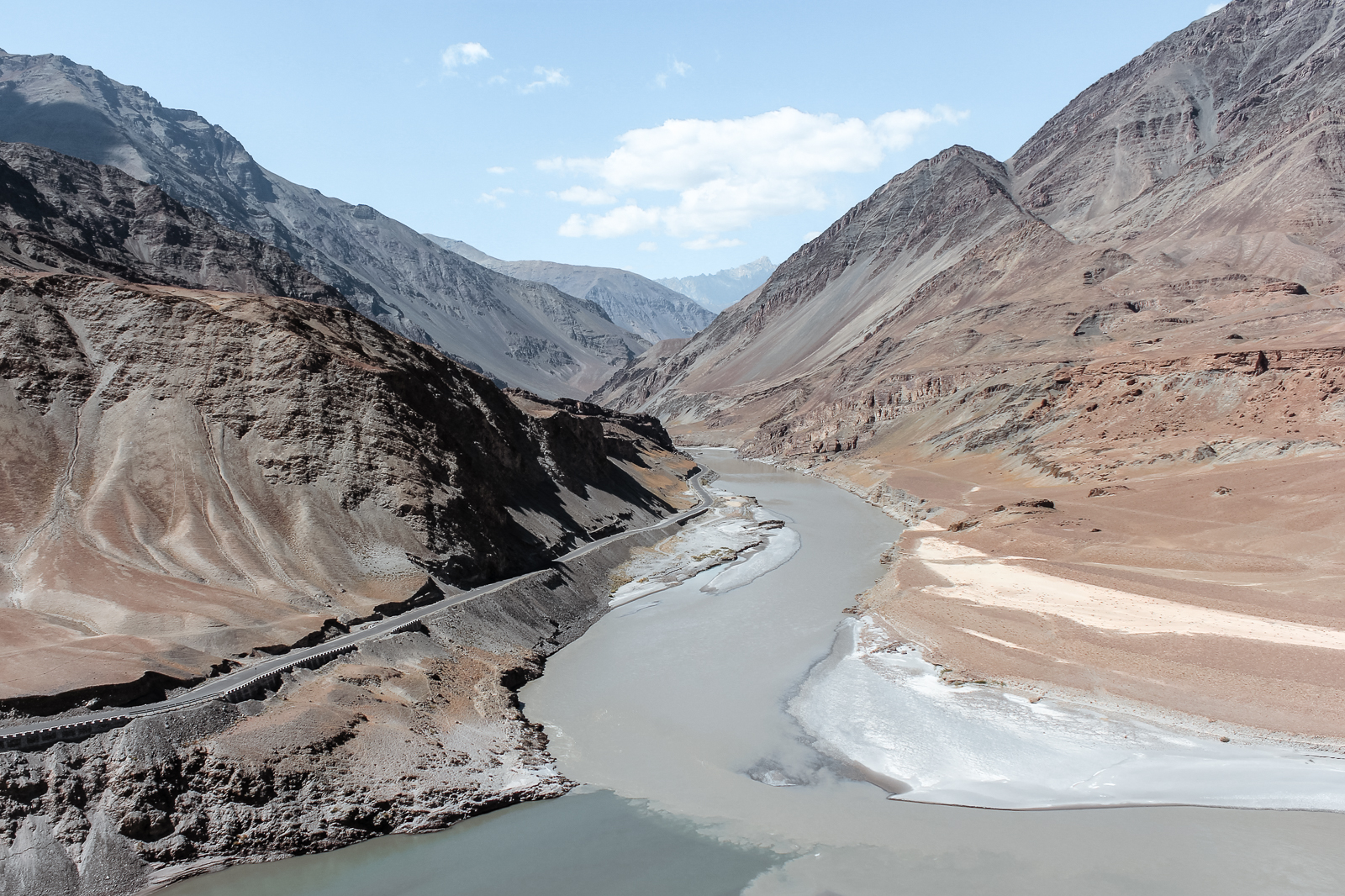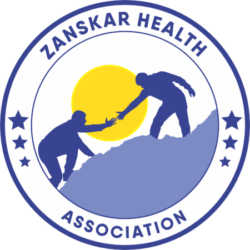The environmental conditions in Zanskar are quite challenging for the eyes. There are physiologic and pathological changes in the eye to cope with the dry climate, the high-altitude radiation and the strong winds. The tear film deficiencies due to excessive evaporation causes damage to the ocular surface. Common symptoms are burning, scratching, feeling of foreign body, eye fatigue, difficulty in reading and blurring vision.
Complications are visual loss, infections, keratitis, corneal erosions, corneal ulcerations and perforations (1). One can easily see the frequent eye problems while traveling in Zanskar.
Another ophthalmologic problem which is probably frequent due to radiation is cataract. The pathologic process is the opacification of the lens and this leads to blindness. Cataract is the leading cause of blindness in the world. Treatment is mainly surgical by implanting an artificial lens. In Zanskar there is no ophthalmologist nor is there an operating room. Patients must go to Leh for surgical treatment. Wearing sunglasses has some protective effect, especially in the early decades of life (2)
It is thus a common protective action against these two eye diseases. In the case of dry eye, it is even therapeutic. In Zanskar it is not possible to buy good sunglasses and even if so, they would not be affordable by the local population. Based on this observation, we decided to ask the Visilab Company for a sponsoring. Visilab is very concerned about public health and already supports projects in Senegal, Madagascar and Switzerland. Each of us can contribute to this project by returning old glasses to visilab stores. The company did not hesitate to support our sunglasses project! We are happy to distribute the sponsored sunglasses in Zanskar always with a concomitant small teaching about the dry eye and cataract disease. Up to now more than a thousand sunglasses have been distributed to Zanskar.


References
(1) Gupta N, Prasad I, Himashree G, D’Souza P. Prevalence of Dry Eye at High Altitude: A Case Controlled Comparative Sudy. High Alt Med Biol. déc 2008;9(4):327‑33
(2) Neale, Rachel E., Purdie, Jennifer L., Hirst, Lawrence W., Green, Adele C. Sun Exposure as a Risk Factor for Nuclear Cataract. Epidemiology Volume 14(6), November 2003, pp 707-712

